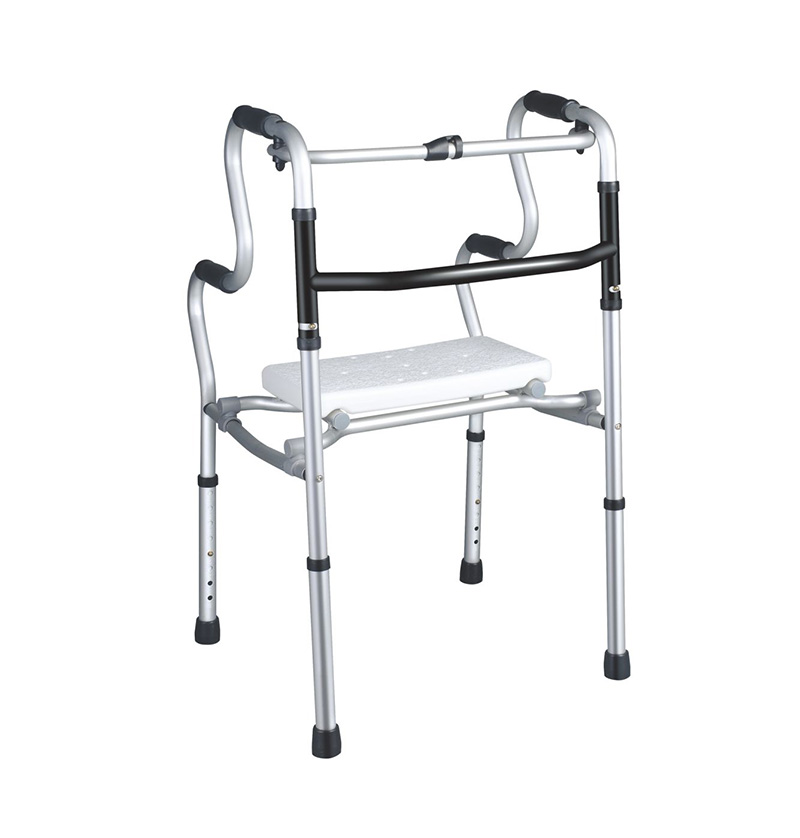What factors should be considered when choosing a cane or walker
Update:21-07-2021
Summary:When patients choose crutches or walking aids, they should communicate with professional medical personnel to ensure that they choose a walking aid th...
When patients choose crutches or walking aids, they should communicate with professional medical personnel to ensure that they choose a walking aid that is more suitable for them. When choosing to use crutches or walking aids, the following questions should be discussed with the patient:
How much weight can this device support?
Cane: Can support 25% of your body weight with a cane.
Walker: You can use some walkers to support 50% of your body weight.
What are the common reasons for patients to use this device?
Walking sticks: The reasons for using a walking stick may include:
1. Arthritis (especially knees and hips).
2. Mild balance problem.
3. Injuries to feet or legs.
Mobility aids: Reasons for using mobility aids may include:
1. Arthritis (especially knees and hips).
2. Moderately severe balance and gait problems.
3. Weakness in the hips and legs.
How much weight can this device support?
Cane: Can support 25% of your body weight with a cane.
Walker: You can use some walkers to support 50% of your body weight.
What are the common reasons for patients to use this device?
Walking sticks: The reasons for using a walking stick may include:
1. Arthritis (especially knees and hips).
2. Mild balance problem.
3. Injuries to feet or legs.
Mobility aids: Reasons for using mobility aids may include:
1. Arthritis (especially knees and hips).
2. Moderately severe balance and gait problems.
3. Weakness in the hips and legs.

How is the equipment constructed?
Canes: Canes can be made of wood or aluminum.
1. All walking sticks must have rubber tips.
2. Some have curved, rounded or grip handles.
3. It can be one-legged or three-legged or four-legged, the latter can provide a greater level of stability.
Walkers are generally made of aluminum, and the handles should have rubber grips to prevent slippage.
There are three types of walkers:
1. Front wheel walker (the rear legs must not slide)
2. Rolling four-wheel walker (with or without seat)
3. Standard pick-up walker.











